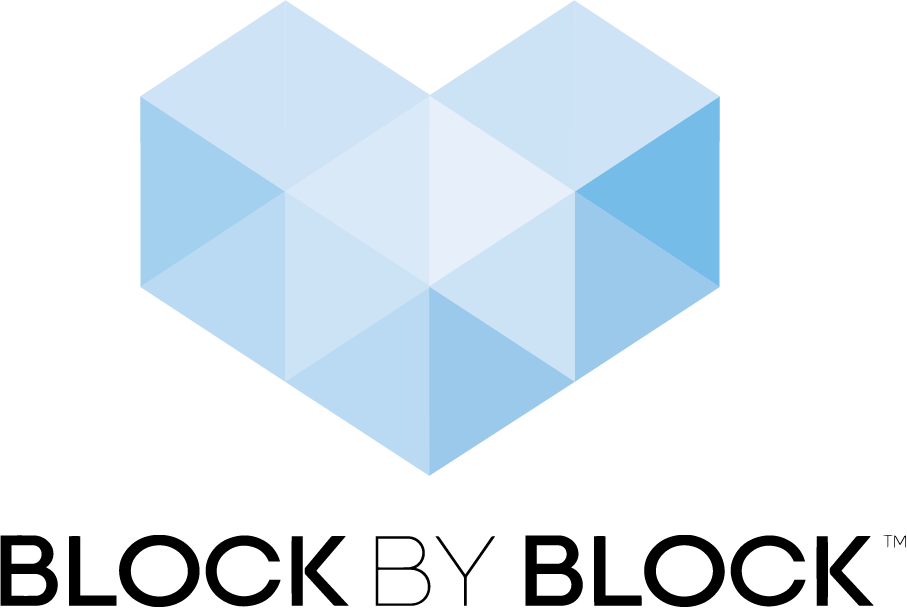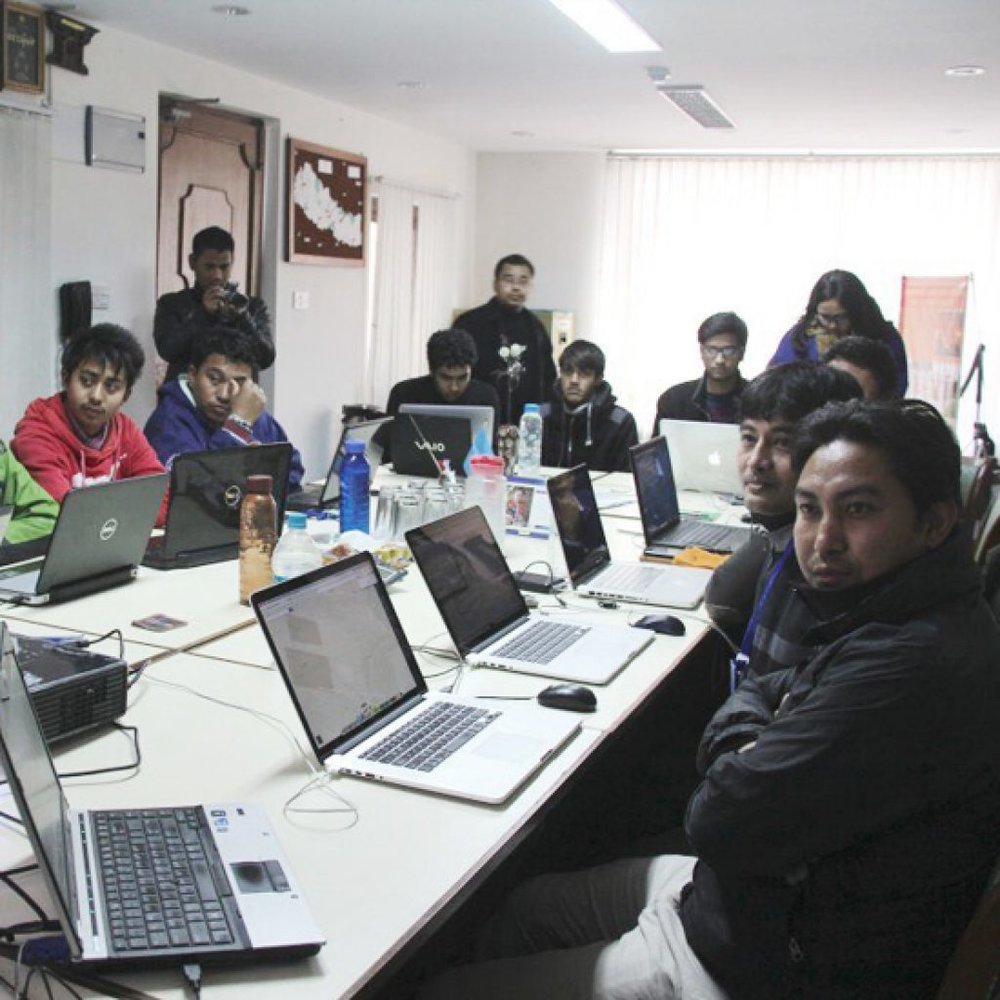Building Recreational Space in Khulna
Building Recreational Space in Khulna
A Block by Block Workshop helps fast-track public recreational space ideas that had been stalled by lack of finances and political support in Khulna, Bangladesh’s industrial hub.
Building Recreational Space in Khulna
Khulna, Bangladesh
Project type: Public park
Collaborators: UN-Habitat, Khulna City Corporation, Khulna University
Region: Asia and Pacific
Tags: sports and recreation, public health, children and youth, multigenerational use
Background
Khulna is an industrial port city located on the Rupsha River in southwest Bangladesh. As an important hub of Bangladeshi industry, it has been rapidly growing in recent years, which has threatened the existence and availability of outdoor recreational facilities.
The Khulna Municipal Corporation, recognizing the need to preserve recreational space in this quickly developing city, started several open space projects that aimed to improve the quality of life for residents. However, though there is political will, implementation had been slow. A lack of awareness among citizens and community groups about the dire need, combined with a scarcity of financial resources, had stalled progress.
Building Recreational Space, Block by Block
UN-Habitat, the Khulna Municipal Corporation, and Khulna University joined forces to jumpstart the public space initiatives by providing much-needed technical and financial support.
“I saw an older lady who had never used a computer in her life learn to play Minecraft. I hope I never forget the look on her face – joy, amazement, and pride all at once.”
The centrally located Solar Park was the group’s first focus. Block by Block Workshops helped residents visualize and share what they would like to see built. Some of the key proposals from these workshops, which were held in March 2015, included a children’s play area, toilet and garbage facilities, enhanced street lighting, and gardens with benches and footpaths.
“Ideally when you’re creating something, you want the people who are going to use it most to be involved in the process.”
Progress
These initial workshops led to the creation of more detailed plans for the park, which were approved by the Khulna City Corporation. In September 2015, a final model for the park was shared with all relevant stakeholders for their comments and approval.
Initial construction work started in 2016 with the installation of street lights and upgraded toilet facilities, followed later in the year by construction of the children’s play area and sitting areas.
The remainder of the park was completed in 2017. The ultimate goal is to take the learning from Solar Park and expand it into a comprehensive city-wide public space strategy.
“After the park renovation, people are coming every day for a morning walk. It has really helped to improve the health of the local residents.”






